Why Superhuman Memory Isn't a Fantasy Anymore: The Latest Discoveries
Brain-computer interfaces (BCIs) represent groundbreaking technology that facilitates direct communication between the human brain and external devices, ranging from computers to advanced prosthetics.
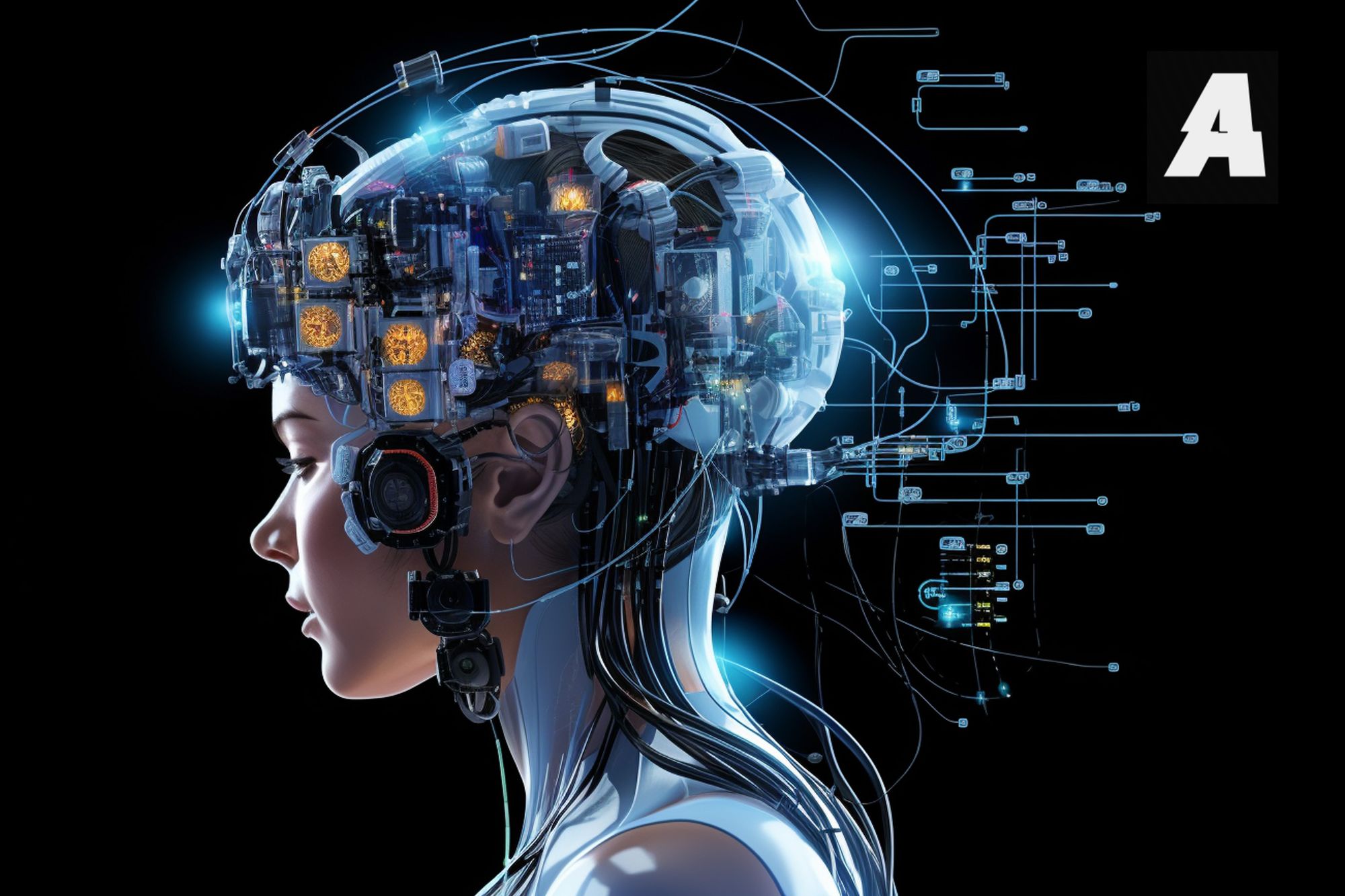
Brain-computer interfaces (BCIs) represent groundbreaking technology that facilitates direct communication between the human brain and external devices, ranging from computers to advanced prosthetics. With substantial investments pouring into research and development, pioneering companies are now poised for the next frontier: human trials. These pivotal trials are designed to not only demonstrate the transformative capabilities of BCIs but also to refine their applications in treating complex conditions like Parkinson's disease, epilepsy, and depression.
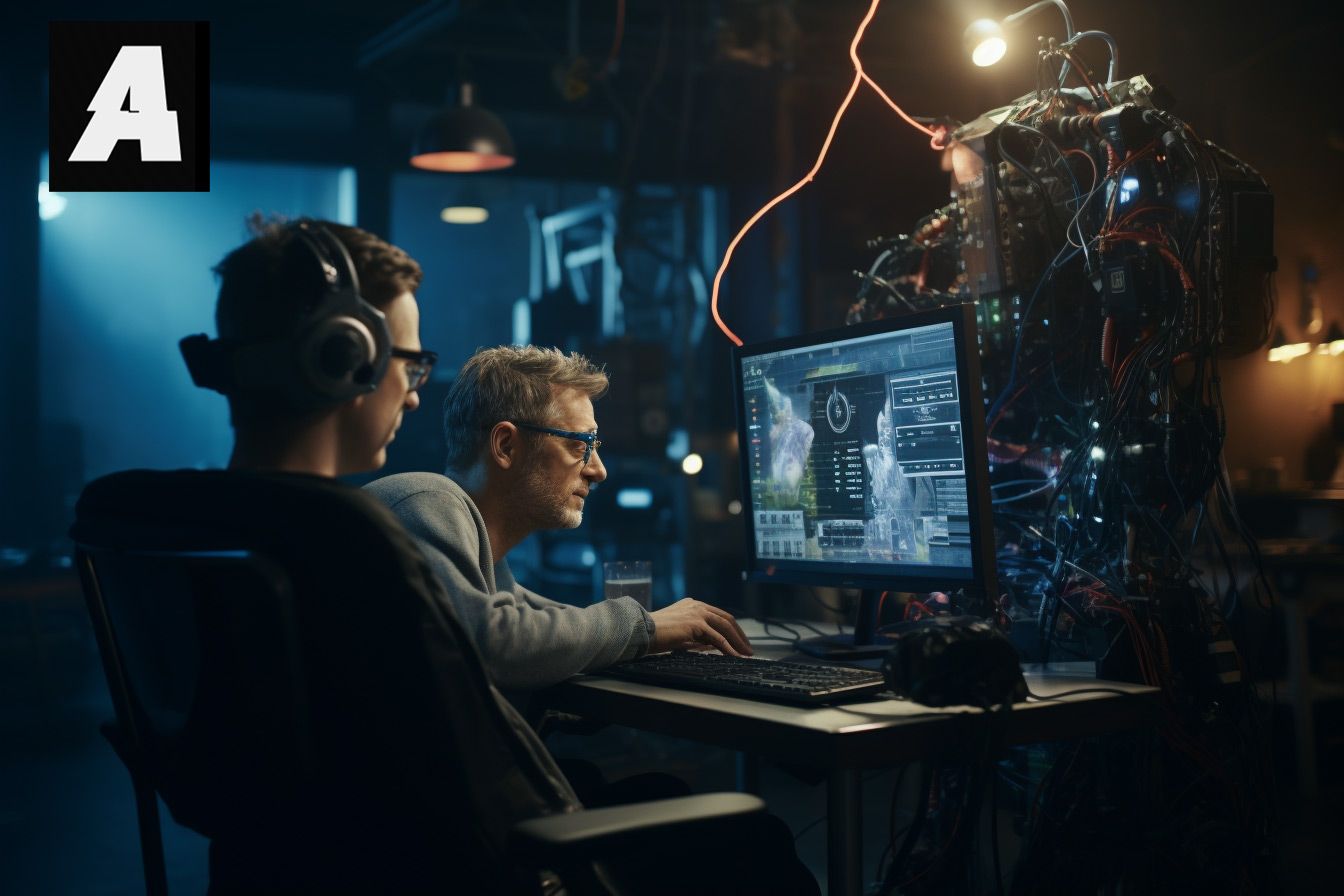
While the primary application of these technologies is currently centered on treating medical conditions, they also harbor the capability to access an extensive wealth of information at unprecedented speeds. Presently, the field is not only dedicated to facilitating recovery but also to augmenting and advancing cognitive functions. These objectives bring forth a host of ethical and societal implications. As we delve further into this domain, it becomes imperative to establish forward-looking policies and regulations that guide the development of brain-computer interfaces with a steadfast commitment to safeguarding our collective best interests.
Let's explore how these interfaces hold the potential to transform our capacities for memory and learning. Today, we are increasingly aware that brain-computer interfaces possess the capacity to either restore or amplify the mechanisms through which our brains create and retrieve memories.
Recent research provides compelling evidence supporting the notion that both non-invasive and invasive brain-computer interfaces hold the key to enhancing human memorization abilities. Among the non-invasive techniques displaying the most promise are Transcranial Magnetic Stimulation (TMS) and Transcranial Electric Stimulation (TES). These methods harness magnetic fields and electrical currents, respectively, to stimulate specific brain regions, all without the need for invasive surgical procedures.
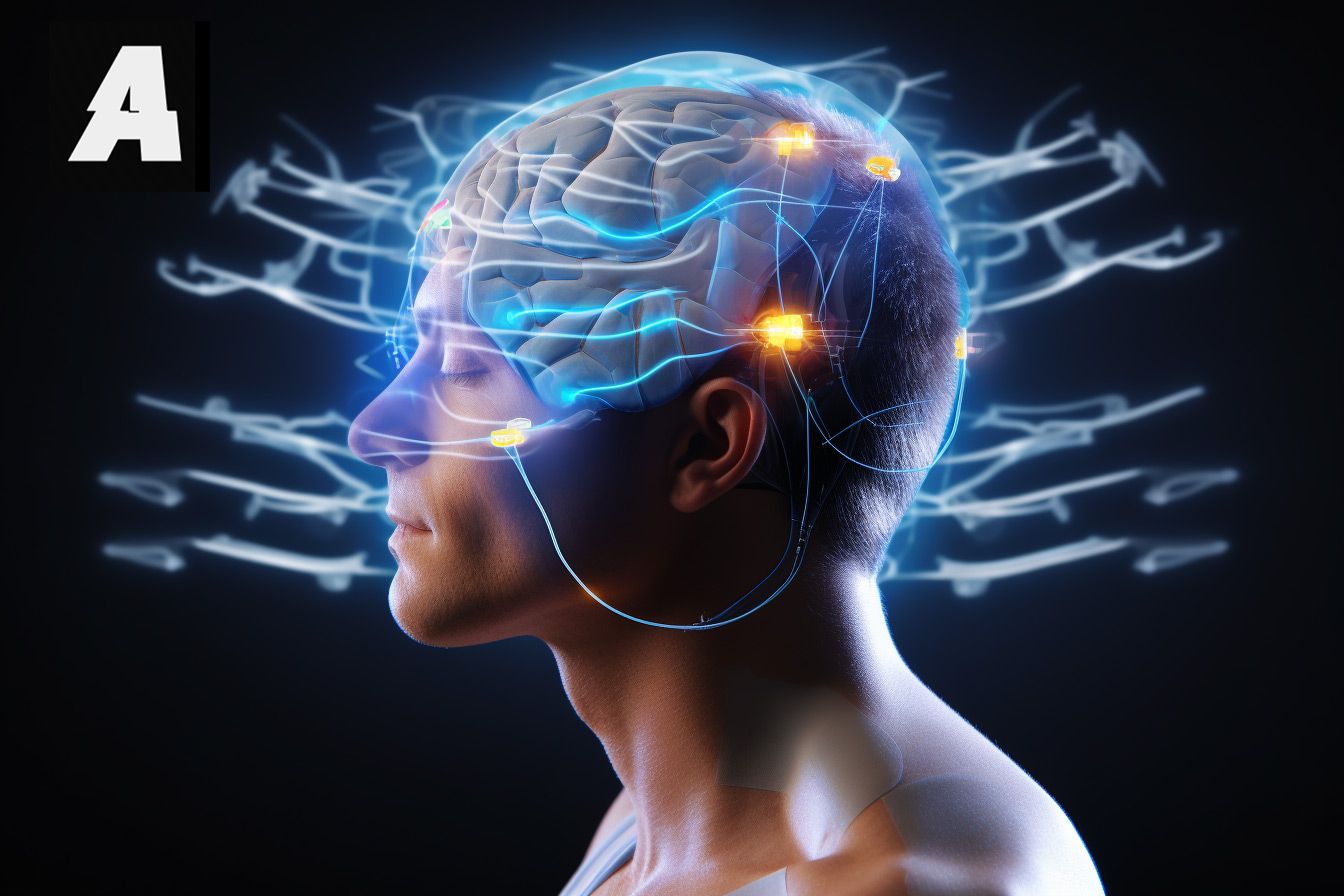
A seminal study featured in Neuroreport revealed that the benefits of both methods, whether non-invasive or invasive, can extend their positive impact on both short-term and long-term memory for several weeks post-procedure.
Turning our focus to invasive brain-computer interfaces designed to enhance memory and memorization abilities, neuroprosthetics—implantable devices engineered to augment brain function—have gained considerable prominence. Leading the way are companies such as Neuralink and Blackrock Neurotech, driving attention to this cutting-edge field.
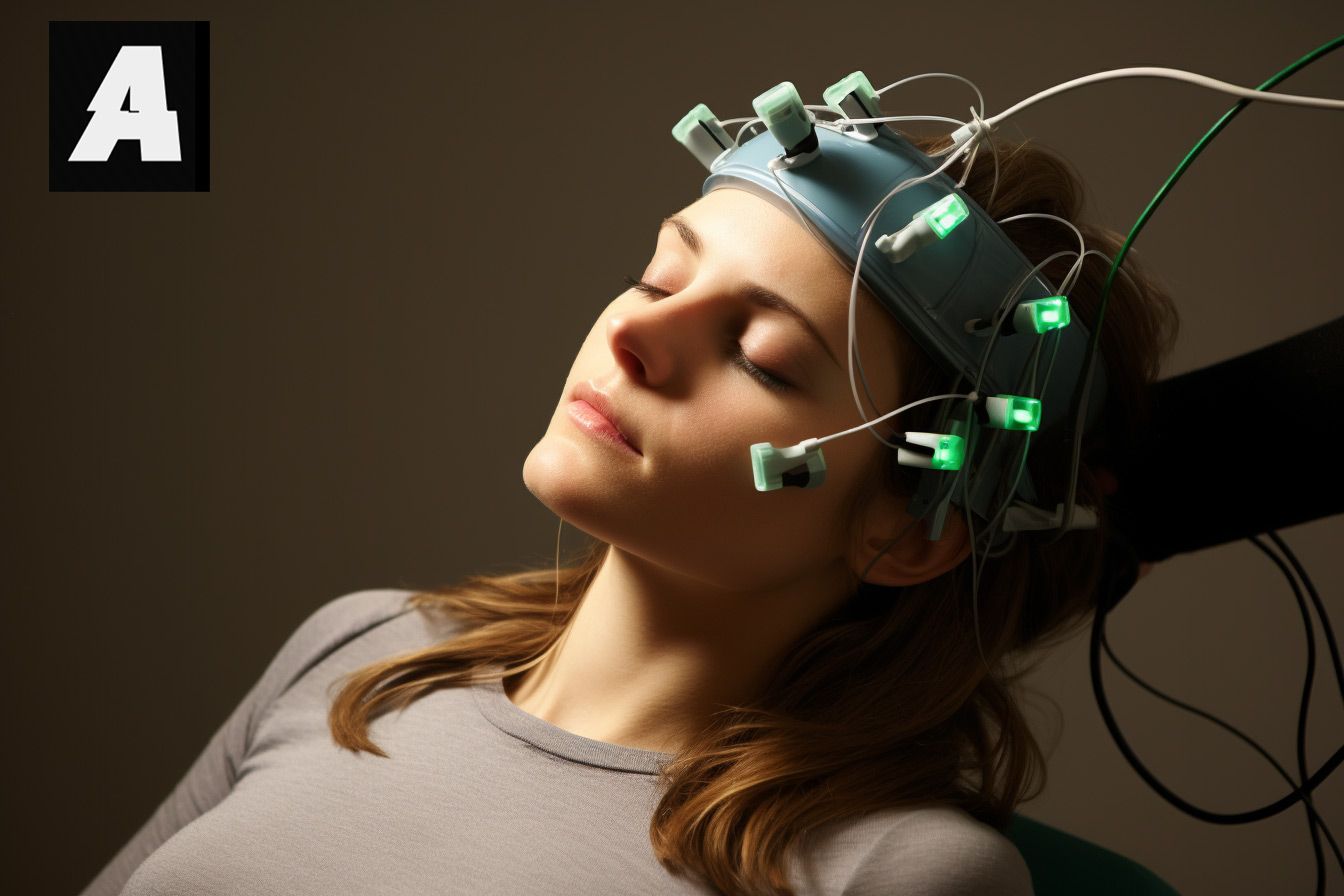
In a groundbreaking exploration of how the hippocampus, responsible for encoding long-term memories, operates, researchers have delved into the potential of machine learning techniques like deep neural networks. This exploration suggests that it may be feasible to encode and decode neural signals, potentially paving the path toward heightened memory and learning capabilities for individuals whose brains are connected to an artificial hippocampus.
As an example of the possibilities, experts speculate that in the future, brain-computer interfaces could enable individuals to effortlessly 'download' a new language into their brain without the need for traditional study methods.
Moreover, drawing from research that highlights shared memory encoding mechanisms among mammals, a study has achieved promising results by showcasing how an artificial hippocampus has the potential to enhance memory in rats.
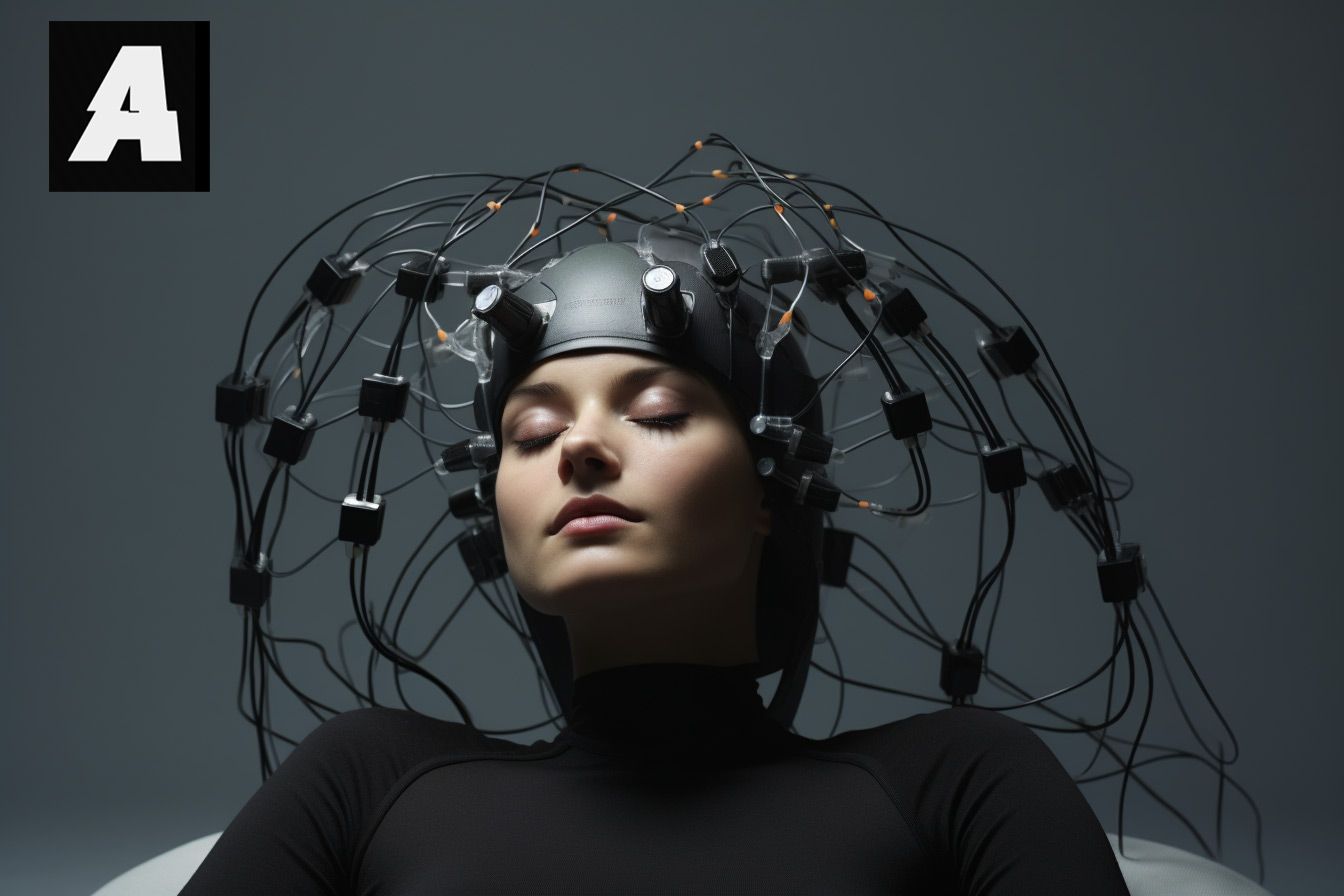
This implies that with extensive access to the neural codes of memories, a neural prosthesis equipped for real-time identification and manipulation of the encoding process holds the potential to enhance cognitive functions significantly.
Two decades ago, smartphones were considered a product of science fiction and a luxury. Today, we find ourselves similarly captivated by the potential of brain-computer interfaces. While we cannot precisely foresee the trajectory of this technology, all the essential elements are in place for it to be truly transformative. We may soon find ourselves at a juncture where superhuman memory is not a mere fantasy but a tangible reality. As we teeter on the brink of this new era, active societal engagement is essential to steer the course and collectively mold the future of brain-computer interfacing.

